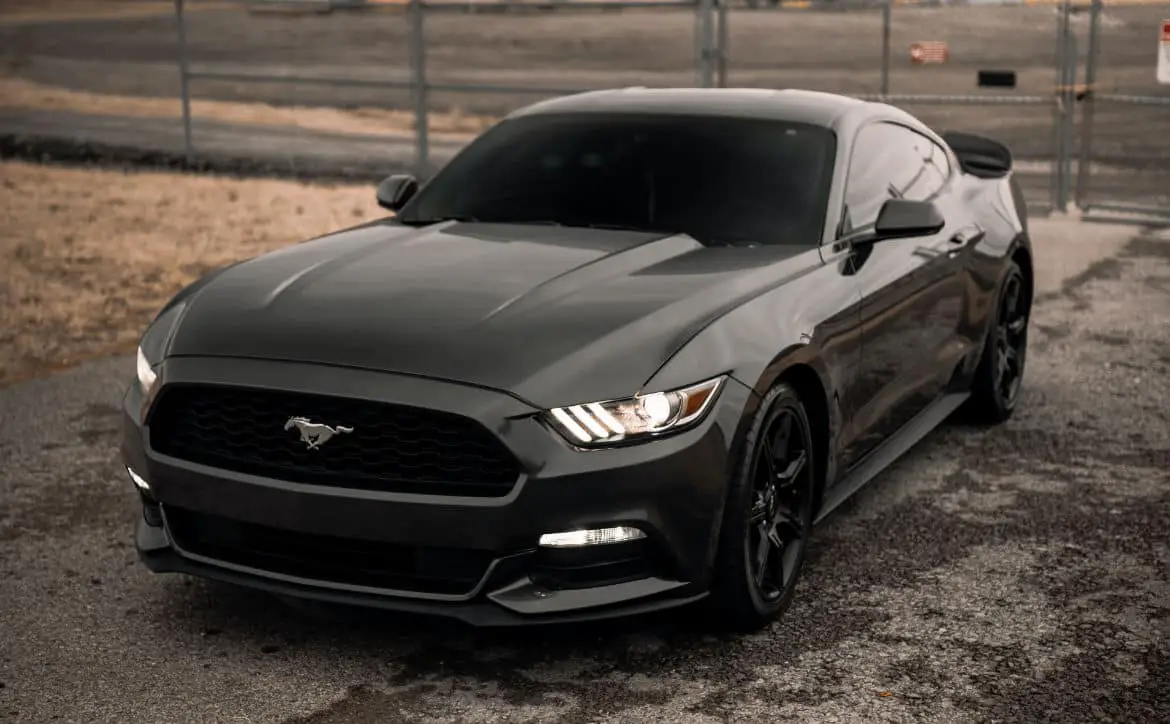People often take their car’s headlights for granted. They’re an essential tool to drive in low lighting, but they have an interesting history that led to a modern innovation — smart headlights.
Estimated reading time: 5 minutes
Learn more about how they came to be and how they work to determine if you want them in your next vehicle.
A Brief History of Headlights
Ford’s Model T, which debuted in the early 20th century, featured acetylene gas lamps for headlights. Rubber tubes piped gas to each headlamp when the engine turned on. If someone needed to use the headlights, they had to remove a cover lens and light the headlight flames with a matchstick.
Kerosene lamps quickly replaced acetylene gas models in the 1920s, but other manufacturers were already trying to adapt electric lightbulbs into headlights. General Electric created the sealed-beam headlight in 1939, which used an electric bulb, a reflector, and a glass lens to point the light forward for clearer visibility.
Still, that didn’t give drivers enough light on the roads during the darkest hours of the night. Innovation continued until electric projector headlights paired elliptical reflectors with lenses, some tinted green or amber on the upper half. The more powerful projection optimized nighttime driving.
Today, people still hope to make the next best model of headlights to keep drivers safe on the road. Instead of relying on light-emitting diode (LED) bulbs or high-intensity discharge (HID) lamps, manufacturers are turning to smart headlights to shine the way into the future.
What Are Smart Headlights?
If someone asked you to picture a smart device, you might think of a voice-activated hub or your smartphone. However, headlights are also part of the smart technology world. They’re called adaptive driving beam (ADB) headlights and recently received approval from the United States Department of Transportation (DOT) for U.S. manufacturers.
Smart headlights use LED bulbs and small computers to illuminate roads. The sensors utilize the latest technology to work in tandem with people outside of the vehicle before the driver even knows they’re there.
How Do Smart Headlights Work?
Computer sensors turn on the high beam bulbs when someone activates a smart headlight system. The bulbs automatically dim when a pedestrian or another vehicle enters the detection system’s range. The other person on the road won’t have to squint against the bright glare of high beams, making both parties safer.
Traditional headlights depend on the driver’s hand-eye coordination. They must recognize another person or driver in front of their car and switch their high beams off. Although that works most of the time, sometimes people forget their high beams are on. It can make driving difficult for oncoming parties or cause physical pain for people with light sensitivity.
Additionally, smart headlights can change where the high beams point depending on the driver’s surroundings. They can focus on the road as it bends in another direction, so sudden curves or dips don’t take anyone by surprise.

Potential Future Developments
Car manufacturers like Audi currently sell directional lane light headlights in Europe. Although they aren’t legal on U.S. roads, other countries have these advanced smart headlights due to positive testing of each car’s digital micromirror devices (DMDs).
DMDs sense changes in the oncoming road and can point 90 degrees in any direction while you take a turn or drive onto an off-ramp. The millions of tiny mirrors in each headlight can change placement up to 5,000 times per second, so drivers don’t experience delays when the headlights change direction.
DMDs could become integral to U.S. car brands if U.S.-based testing changes headlight laws approved by the DOT. Lawmakers must also look closely at smart headlights integrating with self-driving cars.
Connected cars currently receive one of six autonomy levels during testing. Most vehicles receive a level-two rating because levels three and up are for self-driving models. Smart headlights in autonomous autos would need to communicate with the computer taking the driver’s place.

Benefits of Using Smart Headlights
Switching to smart headlights could benefit drivers in more ways than one. Here are the primary reasons they help all vehicles.
Less Brightness for Other Drivers
ADB headlights project high beams forward with more pointed accuracy. Instead of washing surrounding lanes in equally bright lighting, they keep the high beams primarily within the driver’s path.
People in oncoming traffic lanes won’t have to squint against high beams because the light won’t cross the middle line in the road. Everyone gets to see more clearly, which reduces the risk of accidents.
Reduced Glare From the Weather
Smart headlights adjust to less intense beams when they detect rain or snow. The driver won’t have to deal with eye strain due to light bouncing off the elements and redirecting back to the car.
Improved Visibility When Turning
Sometimes it’s challenging to know where and when to turn if you drive at night, especially in an unfamiliar area. ADB headlights that turn toward the direction you need to go will put drivers at ease.
Less Risk of Human Error
About 98% of car accidents happen due to human error, and any technology that reduces that percentage is helpful. Smart headlights that automatically dim for oncoming drivers and change directions to improve visibility make driving safer for everyone on the road.
Consider Vehicles With Smart Headlights
Keep an eye out for more car models with smart headlights. Now that you know how they work, you might be interested in using them for your daily driving needs. They’ll help you see better, reduce your risk of an accident and ease your eye strain whenever you drive in dim lighting.
What do you think of smart headlights? Are they something you would use? Please share your thoughts on any of the social media pages listed below. You can also comment on our MeWe page by joining the MeWe social network. Be sure to subscribe to our RUMBLE channel as well!










